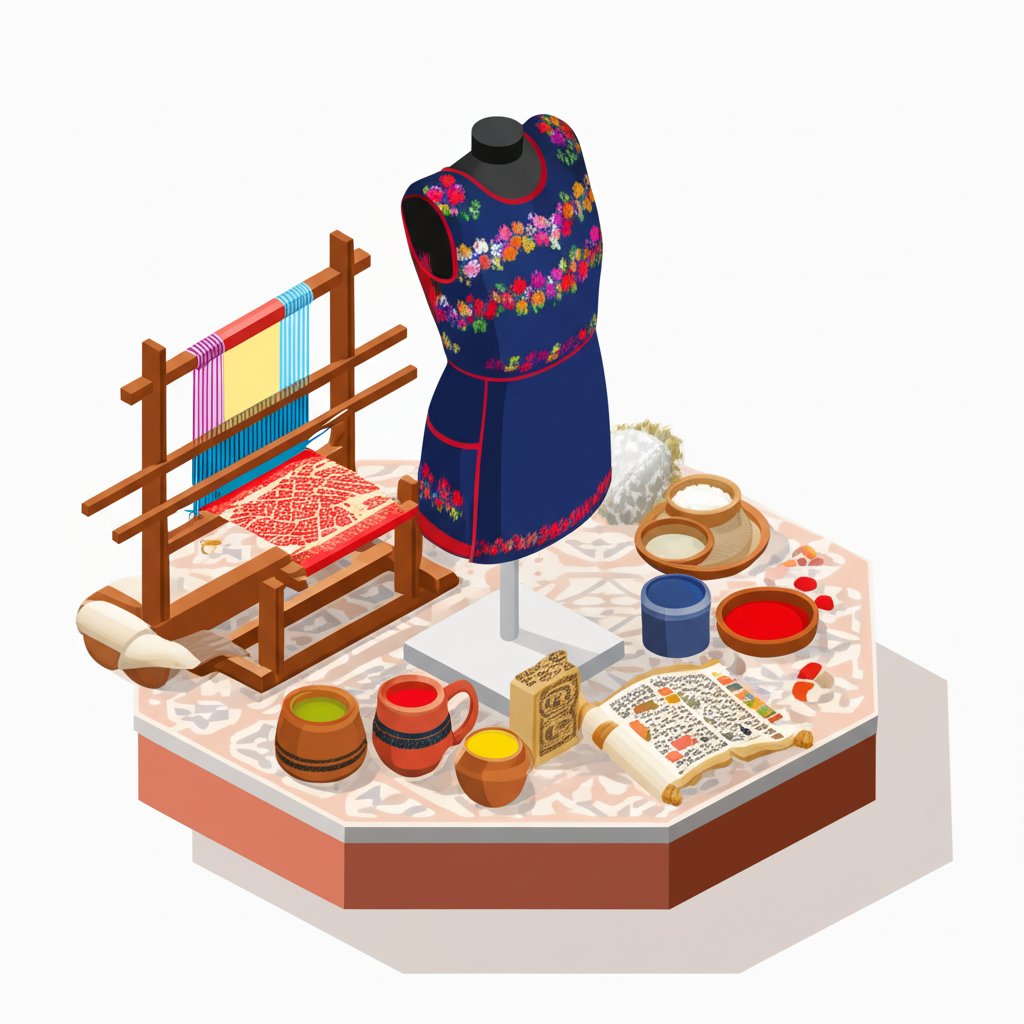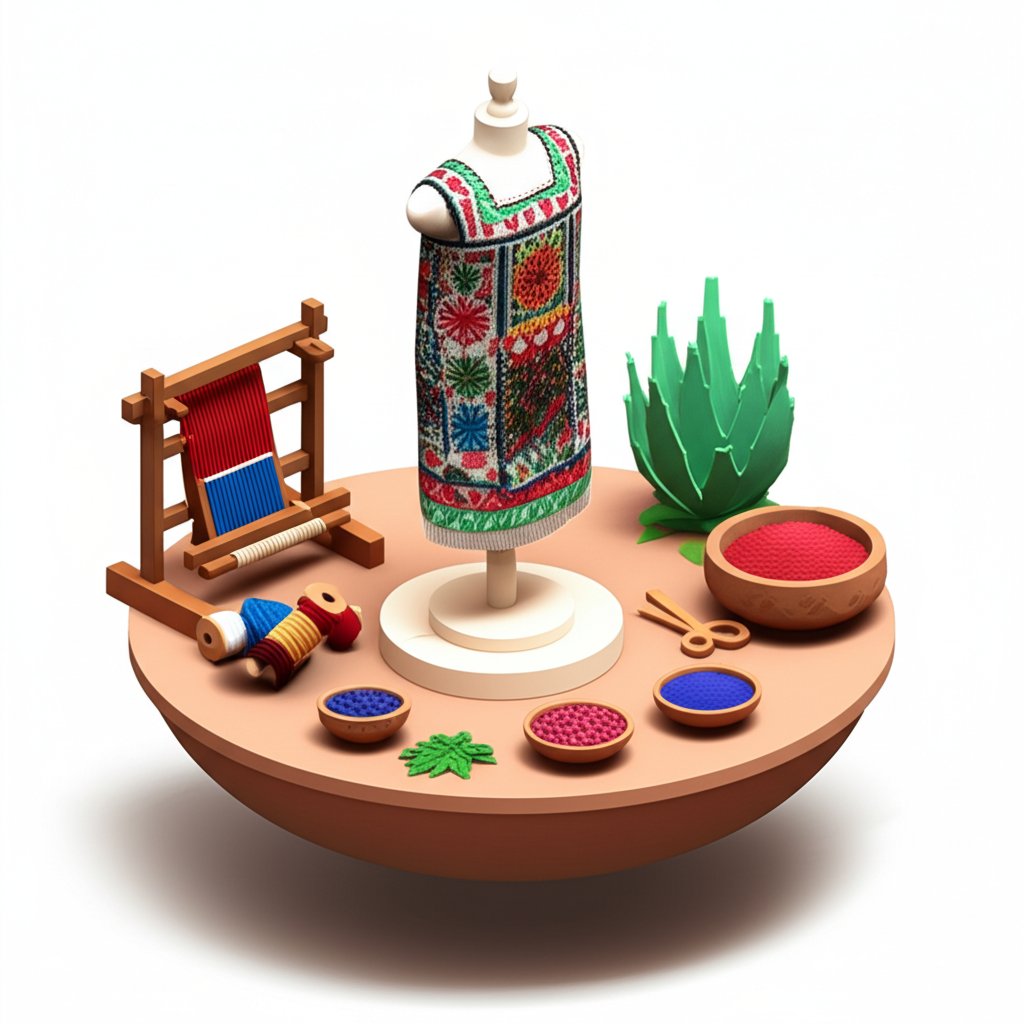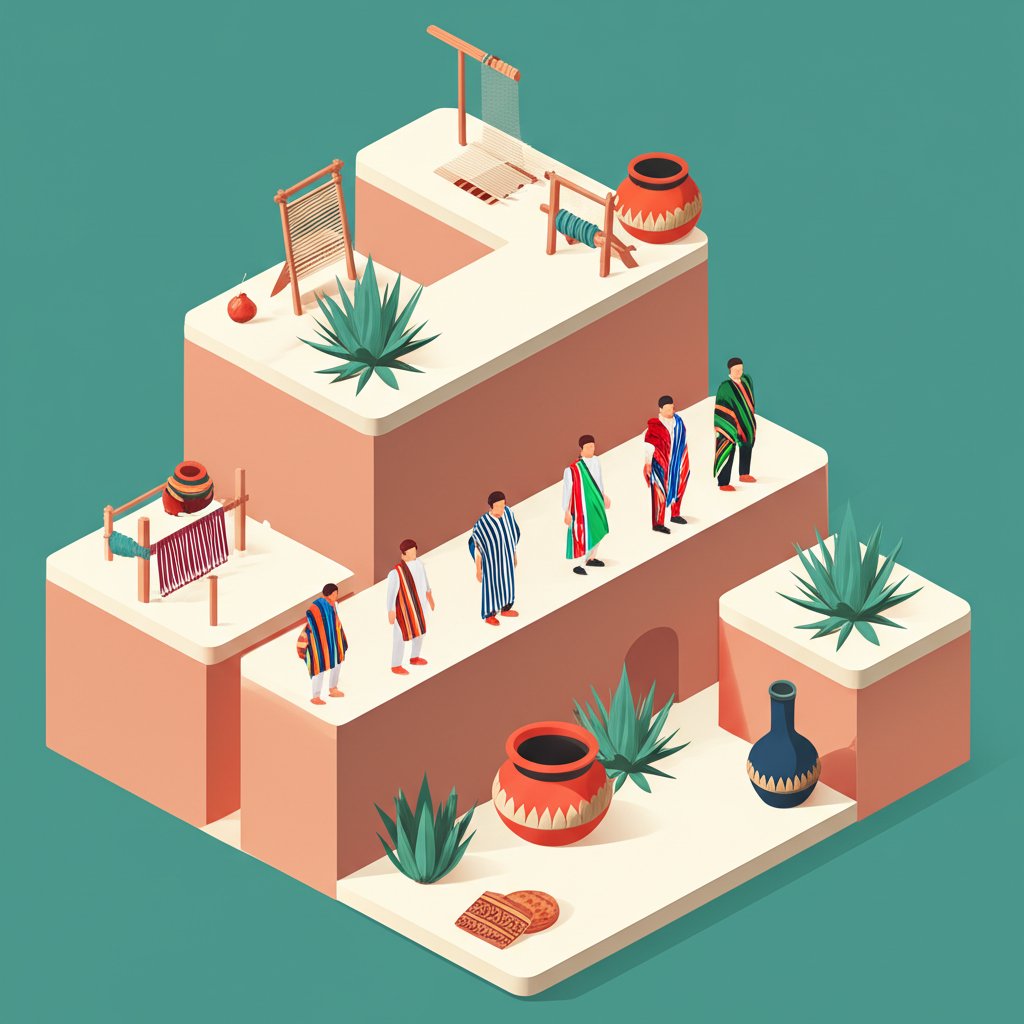Embark on a vibrant journey through the heart of Mexico, where threads of history are intricately woven into the very fabric of its culture. From ancient civilizations to modern runways, traditional Mexican clothing history is a rich tapestry reflecting resilience, artistry, and identity. This article will thoroughly explore the origins, transformations, and enduring significance of Mexico’s traditional attire, promising to provide the most comprehensive insight available and help you understand why traditional clothing of Mexico remains a powerful cultural statement today.
Tracing the Threads: Pre-Columbian Origins of Mexican Attire
The deep roots of traditional Mexican clothing history stretch back millennia, long before European contact. Indigenous civilizations across Mesoamerica, including the Mayans, Aztecs, and Zapotecs, developed sophisticated textile traditions that were integral to their societies. Clothing was not merely for modesty or protection; it was a profound visual language conveying social status, religious beliefs, ethnic identity, and even a person’s life story.
Natural Fibers: Gifts from the Land
Pre-Hispanic garments were crafted almost exclusively from natural fibers readily available in the environment. Cotton was a premier fiber, cultivated and spun with remarkable skill, especially in warmer regions. Other crucial plant-based materials included:
These fibers were painstakingly prepared—harvested, retted, spun into yarn, and then dyed using natural pigments derived from plants, minerals, and insects like cochineal (which produced vibrant reds).
The artistry and skill involved in creating these early textiles highlight the importance of weaving and garment creation, aspects that are further explored in the history of dressmaking, showcasing the evolution of clothing production through different eras.
Weaving Techniques: An Ancient Art
Traditional backstrap looms were the primary tool for weaving. This portable and versatile loom allowed artisans to create intricate patterns and designs. The skill involved in setting up and operating these looms, as well as executing complex weaves, was passed down through generations, making it a sacred art form. Designs often depicted geometric patterns, stylized animals, deities, and cosmological symbols, each carrying specific meanings within indigenous belief systems.
A Tapestry of Cultures: Spanish Colonial Influence and Fusion

The arrival of the Spanish in the 16th century marked a pivotal turning point in traditional Mexican clothing history. While the colonial period brought profound disruption, it also introduced new materials, techniques, and styles that dramatically shaped the evolution of Mexican attire, leading to a unique fusion of indigenous and European aesthetics.
New Materials and Technologies
Spanish colonizers brought sheep and silkworms, introducing wool and silk to the Americas. These luxurious new fibers were gradually incorporated into indigenous textile production, often reserved for higher-status individuals or ceremonial garments. More significantly, the Spanish introduced the pedal loom, a larger, more efficient weaving device than the backstrap loom. While the pedal loom was adopted in many areas, particularly for commercial production, the traditional backstrap loom continued to thrive in indigenous communities, preserving ancient techniques.
Blending Styles: The Birth of Mestizo Dress
The imposition of European dress codes and the mixing of cultures (mestizaje) led to the development of new clothing styles. Indigenous garments began to incorporate European elements like ruffles, lace, and new garment shapes. For instance, the huipil, a traditional indigenous blouse, might be adorned with European-style embroidery. Similarly, Spanish cloaks and trousers began to influence male indigenous attire. This cultural exchange didn’t erase indigenous traditions but rather transformed and enriched them, creating the diverse array of traditional clothing of Mexico we recognize today.
Iconic Garments: Exploring Traditional Mexican Dress and Attire
The rich traditional mexican dress history is best understood by examining the iconic garments that have defined Mexican style for centuries. These garments, often regionally distinct, showcase immense creativity, craftsmanship, and serve as powerful symbols of Mexican identity.
For Women: Elegance in Every Thread
The Huipil: A Legacy of Indigenous Art
The Huipil is perhaps the most iconic and enduring piece of traditional Mexican clothing for women. This loose-fitting tunic, often made from cotton or wool, varies dramatically in length, design, and embroidery from region to region.
The Rebozo: Versatility and Grace
The Rebozo is a versatile shawl or stole, typically rectangular and fringed. It is much more than an accessory; it’s a fundamental part of the traditional Mexican dress history.
The China Poblana Dress: A National Symbol
The China Poblana dress is a beautiful and legendary ensemble, particularly associated with the state of Puebla.
For Men: Practicality Meets Style
The Charro Suit (Traje de Charro): The Essence of Mexican Chivalry
The Charro Suit is the quintessential mexican clothing traditional for men, representing the equestrian skills and proud heritage of the Mexican cowboy (charro).
The Guayabera: Cool Comfort for Warm Climates
Originating in the Yucatán Peninsula, the Guayabera is a light, comfortable shirt often made from cotton or linen.
The Sarape (Serape): A Colorful Cloak
The Sarape is a brightly colored woolen blanket-like shawl, typically worn by men.
Beyond the Fabric: Symbolism, Colors, and Regional Diversity
The richness of traditional Mexican clothing extends far beyond its physical form. Each stitch, color, and pattern carries layers of symbolic meaning, and regional styles reflect Mexico’s vast geographical and cultural diversity.
The Language of Colors and Patterns
Colors in Mexican textiles are rarely chosen arbitrarily; they are a visual symphony reflecting nature, spirituality, and emotion.
Mexico’s Fashion Atlas: Regional Distinctions
The phrase traditional clothing of Mexico is inherently plural, encompassing an astonishing array of styles dictated by geography, climate, and distinct cultural histories.
Northern Mexico: Ranching and Resilience
In the arid north, traditional Mexican clothing often reflects the ranching culture. Men’s attire leans towards practical, durable fabrics, with influences from the vaquero (cowboy) tradition. Women’s dresses might feature more subdued colors but still incorporate elaborate embroidery common in other regions.
Central Mexico: Mestizo Heartbeat
The central highlands, including Mexico City and Puebla, showcase a strong blend of indigenous and Spanish influences. The China Poblana dress is iconic here, alongside intricate embroidery styles that combine European floral motifs with indigenous symbolism. The rebozo is a ubiquitous accessory.
Southern Mexico: Indigenous Artistic Prowess
States like Oaxaca, Chiapas, and Guerrero are renowned for their extraordinarily rich indigenous textile traditions.
These regions embody the purest continuation of traditional mexican dress history from a pre-Columbian perspective, while still subtly incorporating colonial elements.
Gulf Coast and Yucatán Peninsula: Tropical Elegance
In these hotter, humid regions, lighter fabrics like cotton dominate.
Preserving Heritage: Artisans, Evolution, and Modern Interpretations
The survival and flourishing of mexican clothing traditional styles are thanks to the dedicated artisans who continue ancient practices, as well as the dynamic way these traditions adapt to modern times.
The Unsung Heroes: Artisans and Craftsmanship
The heart of traditional Mexican clothing lies in the hands of its artisans. Weaving, embroidery, dyeing, and tailoring are skills passed down through generations, often within families or communal workshops. These craftspeople are not just makers; they are cultural guardians, embodying centuries of knowledge and artistic expression.
Challenges and Adaptations
Traditional craftsmanship faces challenges from mass production, cheap imports, and the struggle to secure fair prices for labor-intensive, handmade goods. However, there’s a growing global appreciation for authentic, handcrafted items, leading to renewed interest and ethical consumerism.
Modern Evolution and Global Influence
While rooted in tradition, traditional Mexican clothing is not static. Designers, both Mexican and international, frequently draw inspiration from traditional motifs, silhouettes, and textile production.
The journey of traditional Mexican clothing is a testament to the enduring spirit of a nation, continually weaving threads of the past into the vibrant tapestry of its future.
Conclusion

The history and evolution of traditional Mexican clothing is an epic narrative of cultural exchange, artistic mastery, and profound symbolism. From the ancient fibers of pre-Columbian civilizations to the colonial infusion of new techniques, and finally to its vibrant contemporary presence, traditional Mexican dress history tells the story of a people’s resilience and creativity. The iconic huipiles, charro suits, rebozos, and regional ensembles are not merely garments; they are living expressions of identity, heritage, and the soul of Mexico. To understand the traditional clothing of Mexico is to appreciate a world where every thread carries a piece of history, a stroke of art, and a whisper of cultural pride.
FAQ
Q1: What are the primary periods in the history of traditional Mexican clothing?
A1: The history can be broadly divided into three main periods: the Pre-Columbian era (before 1519), the Colonial era (1521-1821), and the Post-Independence/Modern era (1821-present day). Each period introduced significant changes and cultural fusions.
Q2: What natural fibers were originally used in traditional Mexican clothing?
A2: Initially, fibers were sourced from native plants such as cotton, maguey (agave), yucca, and palm. These were spun into yarn and woven using traditional techniques, primarily the backstrap loom.
Q3: How did Spanish colonization impact traditional Mexican clothing?
A3: Spanish colonization introduced new materials like wool and silk, as well as the pedal loom, which allowed for faster and wider fabric production. It led to a blending of indigenous designs with European styles, such as ruffles, lace, and new garment silhouettes.
Q4: What are some of the most iconic traditional Mexican garments for women?
A4: Key garments include the Huipil (a loose-fitting tunic with regional variations), the Rebozo (a versatile shawl), and the China Poblana dress (a national symbol often associated with Puebla).
Q5: What are some of the most iconic traditional Mexican garments for men?
A5: Prominent men’s attire includes the Charro Suit (a formal equestrian outfit), the Guayabera (a lightweight, pleated shirt popular in warm climates), and the Sarape (a colorful, striped cloak).
Q6: What role do colors and patterns play in traditional Mexican clothing?
A6: Colors and patterns are highly symbolic. Colors often represent elements of nature, emotions, or spiritual beliefs (e.g., green for hope, red for passion). Patterns often depict geometric designs, local flora and fauna, or ancient cultural symbols unique to specific communities.
Q7: Are traditional Mexican clothing styles still worn today?
A7: Yes, traditional Mexican clothing continues to be worn today, especially in indigenous communities for daily life, and across the country for cultural festivals, special occasions, and national celebrations. Many traditional motifs and styles also influence modern Mexican and international fashion.










